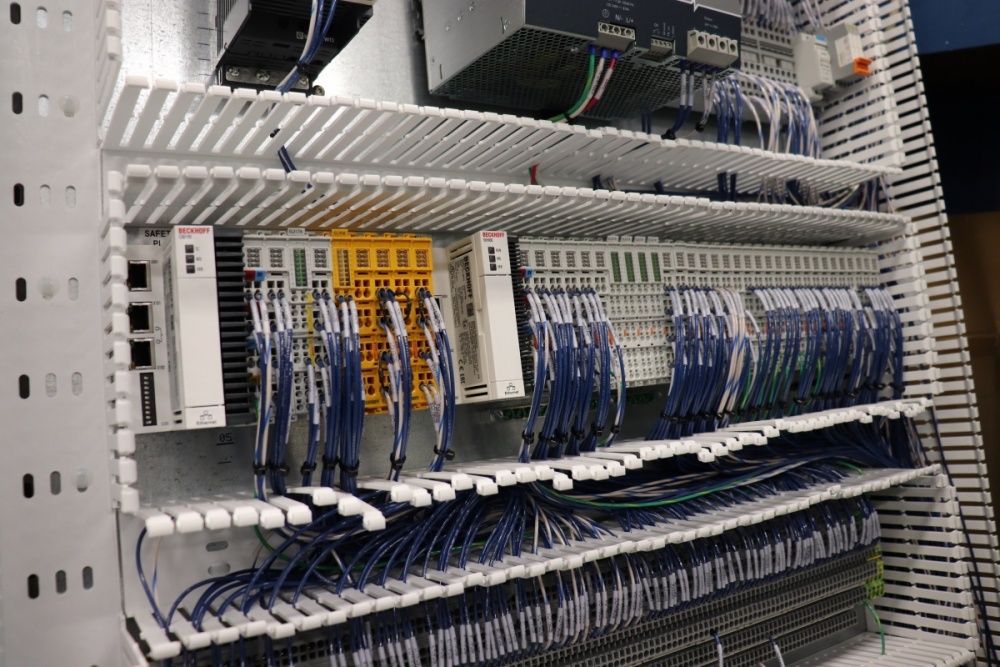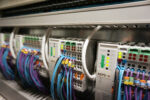In an increasingly connected world, the search for efficient and reliable solutions to connect devices in places far from a home or office has become essential. Power Line Communication (PLC) systems have emerged as a perfect solution to overcome connectivity limitations in remote or distant areas of the Wi-Fi network. With the ability to use existing electrical wiring to transmit data, PLCs offer stable and reliable connectivity in locations where Ethernet cable installation or Wi-Fi coverage is poor. Here is a complete guide on how PLCs can be the perfect solution for connecting devices in places far from your home, thus improving connectivity and the digital experience.
Discover them in our store online.
What is PLCs and how does it work?
PLC technology is based on the transmission of data through a building’s existing electrical network. PLC devices use electrical cables to send data signals, turning electrical infrastructure into a data communications network. By using the power grid as a transmission medium, PLCs eliminate the need for additional network infrastructure, making them a cost-effective and convenient solution for connecting devices in locations far from a Wi-Fi network or conventional wired network. .
Stable connectivity in remote locations
One of the key advantages of PLCs is their ability to provide stable and reliable connectivity in remote or distant areas from the main Wi-Fi network. By leveraging existing electrical wiring, PLCs allow users to connect devices in locations far from the network source, such as basements, garages, or distant rooms, without compromising connection quality. This is especially beneficial for applications that require a constant and stable connection, such as data streaming, online gaming, and remote work.
Easy installation and convenient use
PLC systems are easy to install and do not require complex configurations, making them accessible to a wide range of users. Installation typically involves plugging the PLC adapters into existing electrical outlets and synchronizing the devices over the electrical wiring, providing a plug-and-play network quickly and easily.
Improved security and privacy

In addition to offering reliable connectivity, PLC systems also improve network security and privacy. By transmitting data over a building’s internal electrical wiring, PLCs minimize the risk of unauthorized access and ensure the confidentiality of online activities. This provides an additional layer of protection for data transmitted over the network, which is crucial in environments where data security is a priority.
Conclusion on PLCs
In summary, power line communication (PLC) systems represent a reliable and convenient solution for connecting devices in locations far from a Wi-Fi network or conventional wired network. By leveraging existing electrical wiring, PLCs provide stable and reliable connectivity in remote areas, improving the connectivity experience and making it easier to integrate devices in different locations in a home or office. With their easy installation, convenient use, and enhanced security, PLCs are a valuable option for improving connectivity in remote locations, providing a smoother and more efficient digital experience.








